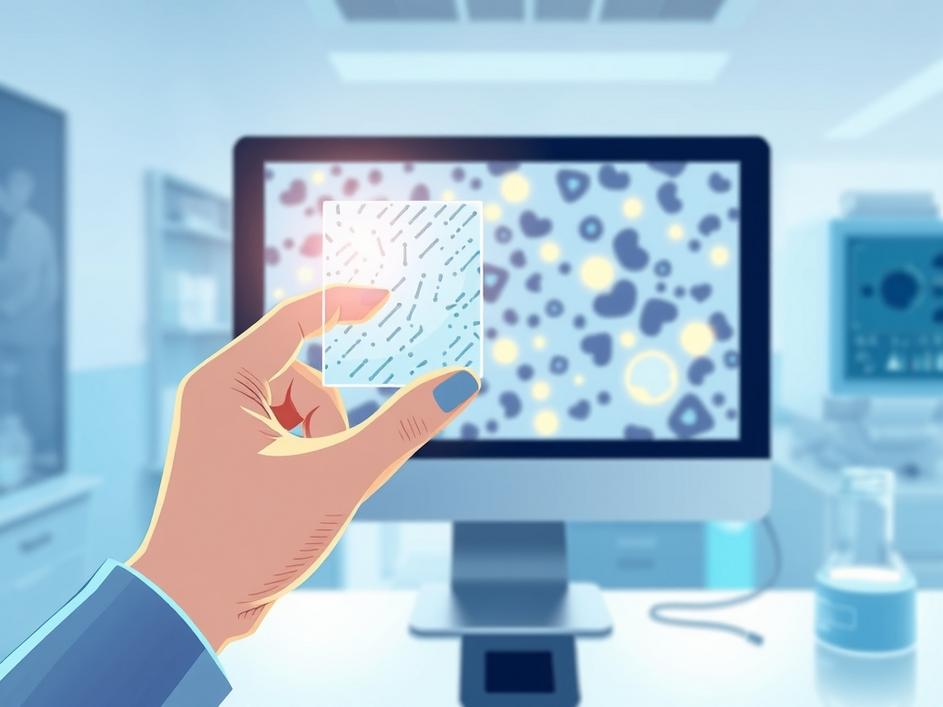


We are a digital agency helping businesses develop immersive, engaging, and user-focused web, app, and software solutions.
2310 Mira Vista Ave
Montrose, CA 91020
2500+ reviews based on client feedback

What's Included?
ToggleThe world of artificial intelligence moves fast, doesn’t it? Just when we’re all still marveling at things like ChatGPT, or trying to wrap our heads around how good tools like Sora are at making video, the people behind the curtain are already looking way, way ahead. There’s this buzz in the air, a sense that we’re standing at the edge of something huge. And recently, that feeling got a big boost with news about one of OpenAI’s brightest minds. See, a key engineer who played a big part in making Sora, the video-generating tool that blew everyone’s socks off, has stepped back into a new role at OpenAI. But he’s not just back to polish up existing tech. No, he’s leading a brand-new team with a mission that sounds like something out of a science fiction movie: chasing after artificial superintelligence. It’s a move that tells us a lot about where OpenAI thinks the real frontier lies, and it’s much further out than what most of us are even imagining.
Let’s talk a bit about Will DePue. If you’ve seen the clips made by Sora, you know how impressive they are. They’re not just moving pictures; they’re incredibly realistic, detailed, and often surprisingly creative scenes that look like they were filmed by a real camera. To have someone who was so central to building that kind of power now turn their sights to something even more ambitious is a big deal. It tells us that the skills and insights needed to create such advanced generative models are now being pointed toward an even grander goal. It’s like a master architect who just finished a stunning skyscraper suddenly deciding to design a city on Mars. The leap in scale and complexity is immense. This isn’t just about making better tools; it’s about pushing the very boundaries of what we understand intelligence to be, and how it can be built from scratch.
The really interesting part of this announcement is the phrase “high-risk.” In the world of tech, “high-risk” usually means trying something that might not work, that could take years, or that might not even be possible with today’s understanding. It’s not about making small, safe improvements. It’s about swinging for the fences, aiming for a truly groundbreaking discovery. For artificial superintelligence, this “high-risk” approach likely means exploring ideas and architectures that are radically different from current AI models. It could involve new ways of learning, new ways of processing information, or even completely new theories of how intelligence works. This kind of work doesn’t guarantee success, but if it does pay off, the impact would be enormous. It signals a willingness from OpenAI to invest serious talent and resources into truly speculative, yet potentially world-changing, research.
This move feels like a strong reminder of OpenAI’s original purpose. When they first started, the talk was always about building general artificial intelligence (AGI) and, eventually, superintelligence (ASI). For a while, as they built popular products like ChatGPT, it might have felt like the focus shifted to more immediate, practical applications. But this new team, dedicated to such a fundamental and difficult goal, shows that their long-term vision hasn’t changed. It’s like they’re saying, “Yes, we’ve built some incredible things that are useful now, but the big picture, the really transformative stuff, is still what we’re after.” It highlights their commitment to exploring the full potential of AI, not just the parts that are easy to commercialize or immediately understand. They’re putting their money where their mission statement is, and that’s a powerful statement in itself.
My own thoughts on this are a mix of excitement and a good dose of thoughtful caution. On one hand, the idea of artificial superintelligence holds incredible promise. Imagine a world where the most complex problems—curing diseases, solving climate change, discovering new physics—could be tackled with intelligence far beyond our own. The potential for human flourishing is immense. But on the other hand, it also brings up huge, complex questions about control, ethics, and the very nature of humanity. What does it mean for us if we create something vastly more intelligent than ourselves? How do we ensure it aligns with human values? Who decides what those values are? This isn’t just a technical challenge; it’s a philosophical and societal one. This team’s work, if successful, won’t just change technology; it could fundamentally reshape our world. And that means we all need to start thinking about these big questions now, as these incredibly ambitious projects move forward.
So, what does all this mean for us, the people watching from the sidelines? It means the future of AI is getting even more interesting, and perhaps a little more serious. The creation of a dedicated “high-risk” team at OpenAI, focused on artificial superintelligence, isn’t just another news byte. It’s a clear signal that the race towards truly advanced AI is intensifying, and the stakes are higher than ever. It’s a journey into uncharted territory, driven by some of the brightest minds in the field. We’ll be watching to see what comes from this ambitious endeavor, knowing that whatever breakthroughs emerge could redefine what we thought was possible, and force us to confront some of the most profound questions about our place in the universe. The conversation about AI isn’t just about what it can do for us today, but what it could become tomorrow, and how we navigate that incredible, uncertain path together.



Leave a reply